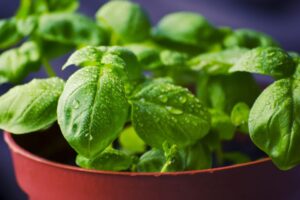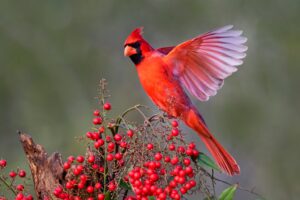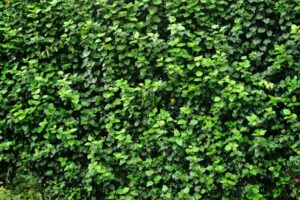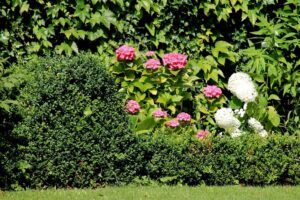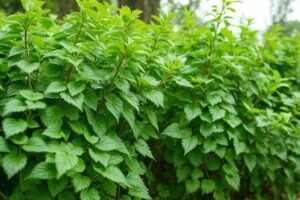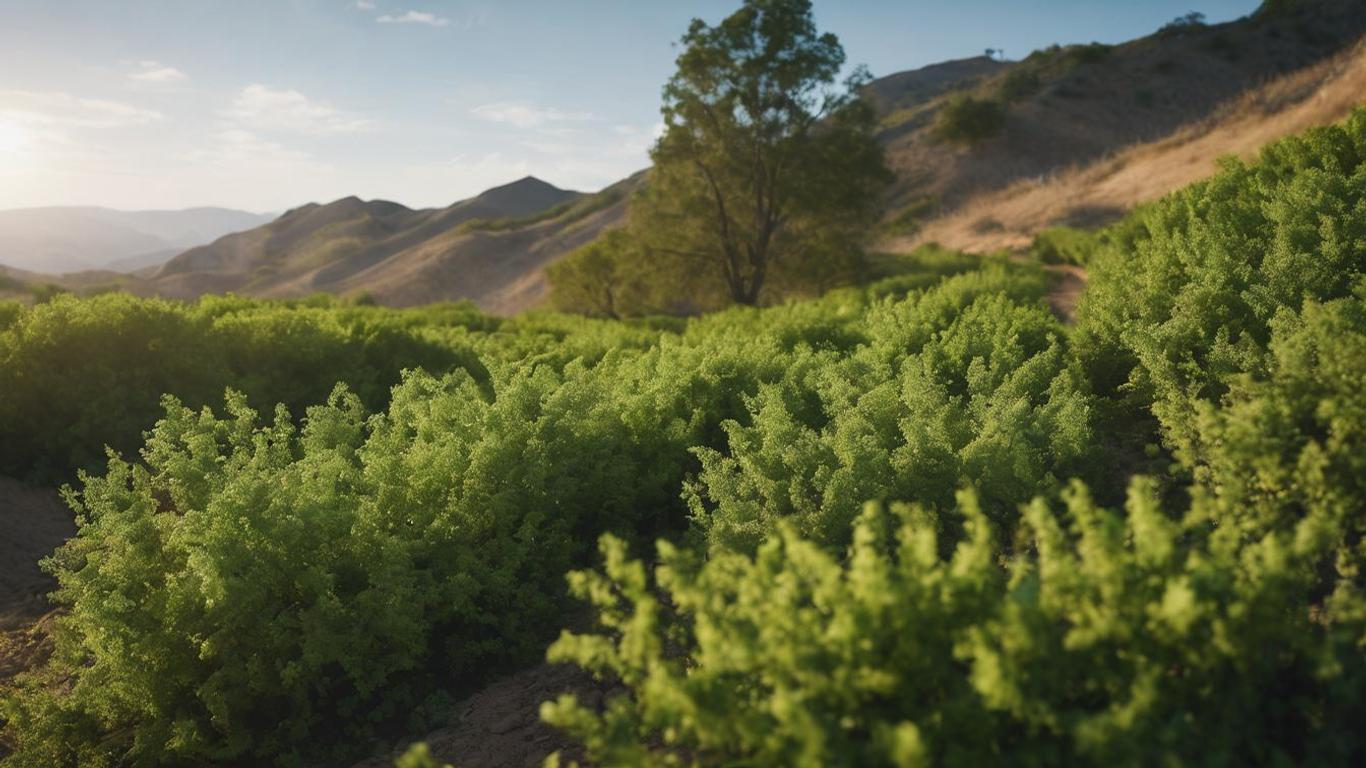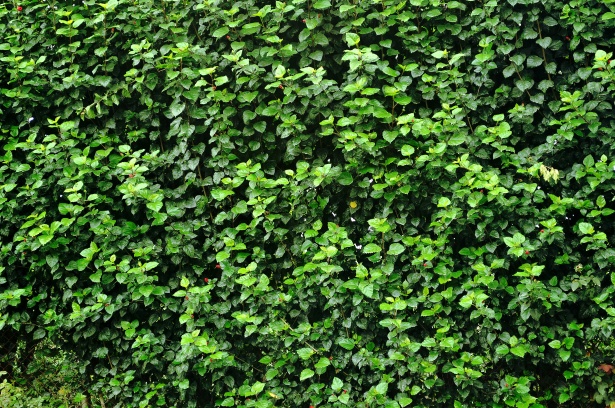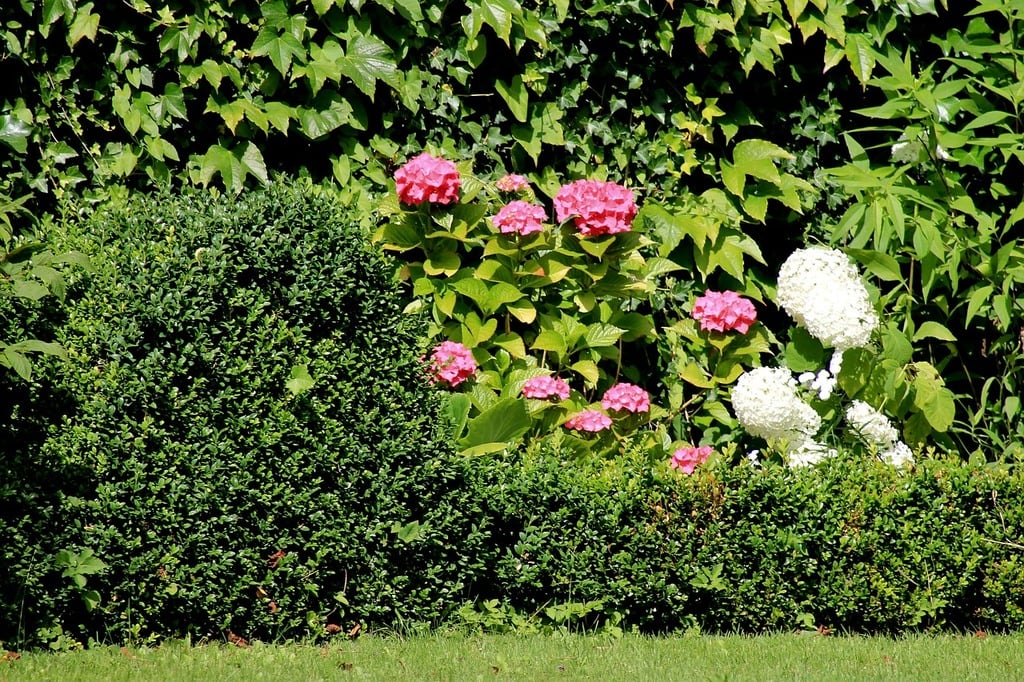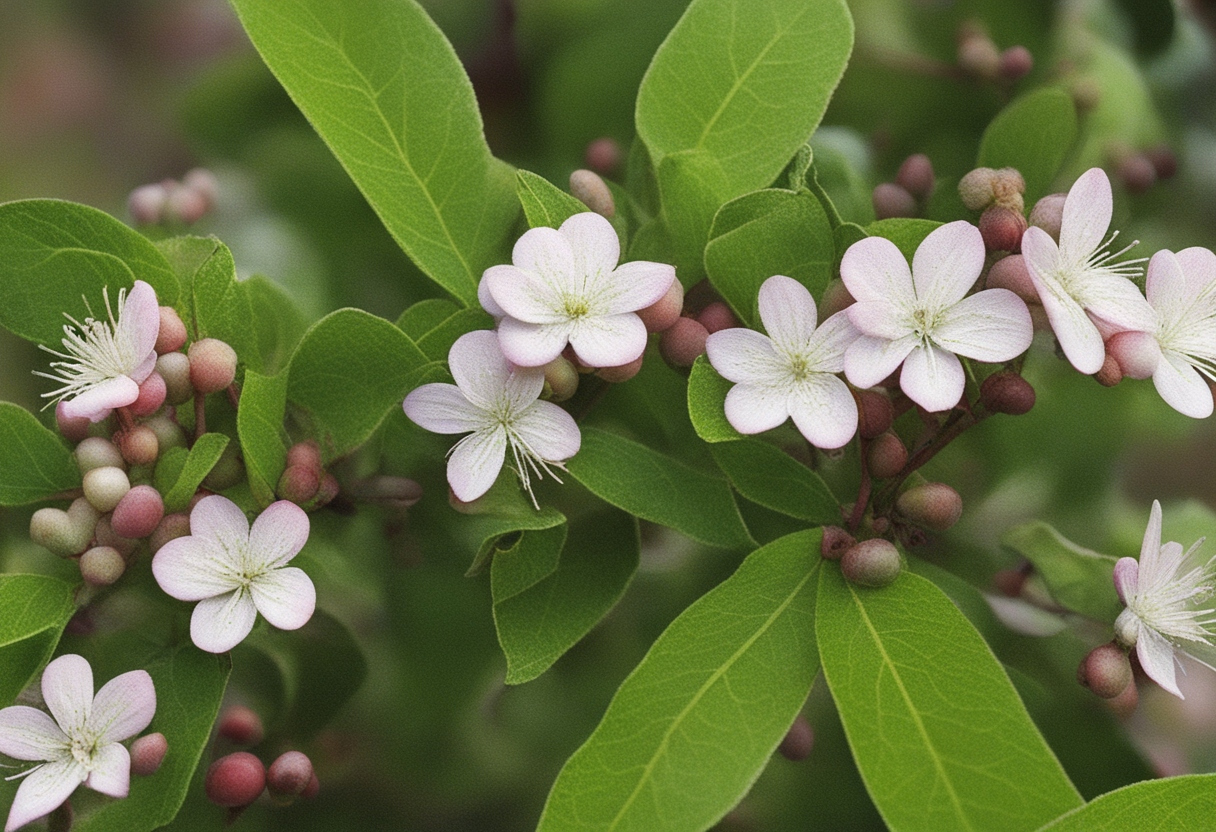How Shrubs Add Color and Texture to Your Landscape
Shrubs are a versatile and visually appealing addition to any landscape. With their wide range of colors, shapes, and textures, these plants can add depth and dimension to your outdoor space. Whether you prefer vibrant blooms, rich foliage, or interesting bark patterns, shrubs provide an array of options to suit your aesthetic preferences. By strategically placing shrubs throughout your landscape, you can create eye-catching focal points and add layers of interest that enhance the overall beauty of your outdoor environment.
The beauty and charm of shrubs lies not only in their individual characteristics but also in their ability to complement other plants. When used in conjunction with flowers, trees, and other landscaping elements, shrubs can create a harmonious blend of colors and textures that visually tie your entire landscape together. They can act as a backdrop for more delicate flowers, adding structure and interest to garden beds. Furthermore, the varied heights and widths of different shrub species allow for unique arrangements that can transform a simple garden into a stunning work of art. With their striking color and texture, shrubs are an invaluable tool in creating a landscape that is both aesthetically pleasing and visually diverse.
• Shrubs offer a wide range of colors, shapes, and textures to add depth and dimension to your landscape.
• They can be strategically placed to create eye-catching focal points and enhance the overall beauty of your outdoor space.
• When used in conjunction with other plants, shrubs can create a harmonious blend of colors and textures that tie your entire landscape together.
• They act as a backdrop for more delicate flowers, adding structure and interest to garden beds.
• The varied heights and widths of different shrub species allow for unique arrangements that can transform a simple garden into a stunning work of art.
Enhancing Privacy and Security with Shrubs in Landscaping
Shrubs can play a vital role in enhancing privacy and security within your landscape. With their dense foliage and varying heights, shrubs can create natural barriers that deter prying eyes and unwanted intruders. By strategically planting tall shrubs along property lines and near windows, you can create a sense of seclusion and prevent outsiders from easily accessing your home. Additionally, shrubs with thorns or prickly leaves can serve as natural deterrents, making them a practical choice for increasing security measures.
Furthermore, shrubs can act as a noise buffer, reducing the amount of sound that enters or leaves your property. This can be particularly beneficial if you live near a busy road, have noisy neighbors, or simply want to enjoy a quieter and more peaceful outdoor environment. With their ability to absorb and deflect sound, shrubs can create a more serene and private atmosphere, allowing you to relax and unwind without disturbances. Whether you’re enjoying a quiet moment in your garden or hosting a gathering with friends and family, the presence of well-placed shrubs can enhance your privacy and contribute to a greater sense of security.
• Shrubs provide natural barriers that deter prying eyes and unwanted intruders
• Planting tall shrubs along property lines and near windows creates a sense of seclusion
• Shrubs with thorns or prickly leaves serve as natural deterrents for increased security measures
• Shrubs act as noise buffers, reducing the amount of sound that enters or leaves your property
• Ideal for those living near busy roads or noisy neighbors who desire a quieter outdoor environment
• Absorb and deflect sound, creating a more serene and private atmosphere
• Enhance privacy and contribute to a greater sense of security during quiet moments or gatherings
The Role of Shrubs in Creating a Balanced Ecosystem
Shrubs play a crucial role in creating a balanced ecosystem. These woody plants provide a unique habitat for various animal species, by offering shelter, food, and nesting sites. In this way, shrubs contribute to maintaining a diverse and thriving ecosystem.
One of the primary benefits of shrubs is their ability to attract pollinators such as bees, butterflies, and hummingbirds. These pollinators help in the reproduction of plants by transferring pollen from one flower to another, ensuring the production of fruits and seeds. By providing a source of nectar and pollen, shrubs support the survival of these important pollinators, ultimately contributing to the overall health and vitality of the ecosystem. Additionally, shrubs act as natural filters, absorbing pollutants and improving air and water quality. This purification process not only benefits the plants themselves but also provides cleaner air and water for other organisms in the ecosystem, including humans. The presence of shrubs in an ecosystem helps to maintain a delicate balance and promotes the well-being of all living organisms within it.
• Shrubs provide a unique habitat for various animal species, offering shelter, food, and nesting sites.
• Shrubs attract pollinators such as bees, butterflies, and hummingbirds, contributing to plant reproduction.
• Shrubs act as natural filters, absorbing pollutants and improving air and water quality.
• The presence of shrubs helps maintain a delicate balance in the ecosystem.
Low-Maintenance Landscaping: How Shrubs Can Save Time and Effort
Shrubs are an excellent addition to any low-maintenance landscaping design, as they can save both time and effort in the upkeep of your outdoor space. With their natural growth habits and hardy nature, shrubs require minimal attention and care, making them a practical choice for busy homeowners or those looking to simplify their gardening routine.
One of the main advantages of incorporating shrubs into your landscape is their ability to thrive with little intervention. Once established, shrubs can withstand periods of drought, requiring less frequent watering compared to other plants. Their deep root systems allow them to access water from deeper soil layers, reducing the need for constant irrigation. Additionally, shrubs are generally resistant to pest and disease issues, eliminating the need for frequent monitoring and treatments. With their ability to withstand various environmental conditions and their low maintenance requirements, shrubs can significantly reduce the time and effort spent on landscaping tasks, allowing you to enjoy your outdoor space without constant upkeep.
• Shrubs have natural growth habits and are hardy, requiring minimal attention and care.
• Once established, shrubs can withstand periods of drought, reducing the need for frequent watering.
• Their deep root systems allow them to access water from deeper soil layers, further reducing irrigation needs.
• Shrubs are generally resistant to pest and disease issues, eliminating the need for constant monitoring and treatments.
• With their ability to withstand various environmental conditions and low maintenance requirements, shrubs can significantly reduce landscaping tasks.
Harnessing the Power of Shrubs for Energy Efficiency in Your Home
Shrubs are not just a beautiful addition to your landscape; they can also play a significant role in enhancing the energy efficiency of your home. When strategically placed, shrubs can act as natural insulation, protecting your home from extreme weather conditions and reducing the need for excessive heating or cooling. By forming a barrier against strong winds, shrubs help to minimize heat loss in the winter and prevent hot air from entering your home in the summer. This natural insulation can result in lower energy consumption and reduced utility bills, making shrubs a cost-effective and sustainable solution for creating an energy-efficient home environment.
In addition to their insulating properties, shrubs also provide shade, which can be particularly beneficial in warmer climates. By planting shrubs strategically around your home, you can create a natural cooling effect, reducing the need for air conditioning and lowering your energy usage. Furthermore, shrubs can absorb carbon dioxide and release oxygen, helping to improve air quality and create a healthier living environment. By harnessing the power of shrubs for energy efficiency in your home, you not only reduce your ecological footprint but also create a more comfortable and sustainable living space for you and your family.
– Shrubs act as natural insulation, protecting your home from extreme weather conditions
– They form a barrier against strong winds, minimizing heat loss in the winter and preventing hot air from entering in the summer
– This natural insulation can result in lower energy consumption and reduced utility bills
– Planting shrubs strategically around your home provides shade, reducing the need for air conditioning and lowering energy usage
– Shrubs absorb carbon dioxide and release oxygen, improving air quality
– Harnessing the power of shrubs for energy efficiency reduces ecological footprint
– Creating a more comfortable and sustainable living space for you and your family.
Using Shrubs as Natural Windbreaks for a More Comfortable Outdoor Space
One of the key benefits of using shrubs in landscaping is their ability to act as natural windbreaks, creating a more comfortable outdoor space. As the wind blows, it can cause discomfort, disrupt outdoor activities, and even damage plants and structures. However, strategically placing shrubs can help mitigate these issues and provide a shield against strong winds.
Shrubs act as a physical barrier, reducing the speed and intensity of wind gusts. This feature is particularly beneficial in areas prone to strong winds or where the landscape is exposed. By creating a windbreak with shrubs, you can create a more sheltered environment in your outdoor space, allowing you to enjoy the outdoors without being constantly pestered by strong gusts. Additionally, windbreaks offer the added advantage of reducing noise levels, providing a peaceful and tranquil setting for relaxation or socializing.
• Shrubs act as a physical barrier, reducing the speed and intensity of wind gusts.
• Windbreaks with shrubs create a more sheltered environment in outdoor spaces.
• Enjoy the outdoors without being constantly pestered by strong gusts.
• Windbreaks also reduce noise levels, providing a peaceful and tranquil setting for relaxation or socializing.
Shrubs: A Solution for Soil Erosion and Water Runoff
Soil erosion and water runoff are common problems in many landscapes, causing erosion of topsoil, loss of nutrients, and depletion of moisture levels. However, shrubs can provide an effective solution to these issues. With their extensive root systems, shrubs help stabilize the soil, preventing it from washing away during heavy rains and minimizing erosion. As the roots spread out and intertwine, they create a natural barrier that slows down water runoff, allowing it to infiltrate the soil more effectively. By absorbing excess water, shrubs help to prevent flooding and control water flow, making them an invaluable addition to any landscape.
Furthermore, shrubs also contribute to water conservation by reducing evaporation. The foliage of shrubs provides shade, creating a microclimate that lowers soil temperature and reduces water loss through evapotranspiration. Additionally, the dense network of branches and leaves of shrubs acts as a physical barrier against wind, helping to minimize the drying effects of strong winds on the soil and decreasing water evaporation rates. By incorporating shrubs into the landscape, not only can you combat soil erosion and water runoff, but you can also make a significant contribution to water conservation efforts, ensuring the longevity and sustainability of your outdoor space.
• Shrubs have extensive root systems that stabilize the soil and prevent erosion
• The roots of shrubs create a natural barrier that slows down water runoff
• Shrubs absorb excess water, helping to prevent flooding and control water flow
• Shrub foliage provides shade, lowering soil temperature and reducing evaporation
• The dense network of branches and leaves acts as a physical barrier against wind, minimizing drying effects on the soil
• By incorporating shrubs into your landscape, you can combat soil erosion, water runoff, and contribute to water conservation efforts.
Shrubs: A Natural Habitat for Birds, Butterflies, and Beneficial Insects
Shrubs play a crucial role in providing a natural habitat for a variety of wildlife, including birds, butterflies, and beneficial insects. These small, woody plants offer shelter, food, and nesting sites, making them an integral part of any ecological landscape.
Birds are attracted to shrubs because they provide ample cover and nesting opportunities. Many shrubs also produce berries or fruits, which serve as a food source for birds. Some species of shrubs, such as holly or juniper, even retain their berries throughout the winter, ensuring a year-round supply of nourishment for our feathered friends. In addition, shrubs’ dense foliage provides protection against predators, allowing birds to feel safe while they rest or feed.
Butterflies, on the other hand, are drawn to shrubs for their nectar-rich flowers. Shrubs that produce clusters of small, brightly colored blooms, like butterfly bush or lilac, are particularly attractive to these delicate insects. With their tubular-shaped flowers, these shrubs allow butterflies to easily access nectar while also providing a landing pad for them to rest their delicate wings. By planting a variety of shrub species that bloom at different times throughout the year, you can ensure a continuous supply of nectar for butterflies, creating a veritable butterfly paradise in your garden.
Lastly, shrubs are essential for attracting beneficial insects. These insects, such as ladybugs, lacewings, and bees, play a vital role in pollination and pest control. Shrubs like elderberry or serviceberry produce flowers that are rich in pollen and nectar, making them a beacon for these helpful critters. By providing a diverse range of shrubs in your landscape, you can create a harmonious ecosystem that supports a healthy population of beneficial insects, resulting in a more sustainable and thriving garden.
• Shrubs provide ample cover and nesting opportunities for birds
• Many shrubs produce berries or fruits, serving as a food source for birds
• Some species of shrubs retain their berries throughout the winter, ensuring year-round nourishment for birds
• Shrubs’ dense foliage provides protection against predators, allowing birds to feel safe while resting or feeding
• Shrubs with nectar-rich flowers attract butterflies
• Shrub species that bloom at different times ensure a continuous supply of nectar for butterflies
• Tubular-shaped flowers of certain shrub species provide a landing pad for butterflies to rest their delicate wings
• Planting a variety of shrub species can create a butterfly paradise in your garden
• Shrubs are essential for attracting beneficial insects like ladybugs, lacewings, and bees
• Elderberry and serviceberry shrubs produce flowers rich in pollen and nectar, attracting beneficial insects
• Beneficial insects play a vital role in pollination and pest control
Creative Ways to Incorporate Shrubs into Various Landscaping Styles
Shrubs are incredibly versatile plants that can be used to enhance the aesthetic appeal of any landscaping style. One creative way to incorporate shrubs into your landscape is by using them as natural borders or hedges. Planting a row of evergreen shrubs, such as boxwood, along the edge of your property can create a beautiful and classic look. It not only adds structure to your landscape but also provides privacy and security. Additionally, you can experiment with different varieties of shrubs to create interesting shapes and patterns, like spherical or cone-shaped hedges, to add a unique touch to your landscape.
Another creative way to incorporate shrubs into various landscaping styles is by using them as focal points or accents. Choose shrubs with eye-catching colors or interesting foliage to create visual interest in your garden. For example, flowering shrubs like hydrangeas or azaleas can add bursts of color to your landscape and create stunning focal points. You can also use shrubs with unique textures, such as variegated foliage or peeling bark, to add depth and dimension to your garden. By strategically placing these shrubs in your landscape, you can create captivating vignettes and draw attention to specific areas of your yard.
• Plant a row of evergreen shrubs, such as boxwood, along the edge of your property to create a classic and structured look
• Experiment with different varieties of shrubs to create interesting shapes and patterns, like spherical or cone-shaped hedges
• Use shrubs with eye-catching colors or interesting foliage as focal points or accents in your garden
• Flowering shrubs like hydrangeas or azaleas can add bursts of color and create stunning focal points
• Choose shrubs with unique textures, such as variegated foliage or peeling bark, to add depth and dimension to your garden
• Strategically place these shrubs in your landscape to create captivating vignettes and draw attention to specific areas
The Long-Term Financial Benefits of Investing in Shrubs for Landscaping
Shrubs are not only aesthetically pleasing additions to any landscape, but they can also provide long-term financial benefits. By investing in shrubs for your landscaping, you can enhance the value of your property. Well-maintained shrubs can make your home more attractive to potential buyers, increasing its marketability and potentially raising its selling price. In fact, studies have shown that homes with well-designed and well-maintained landscaping, including shrubs, can sell for up to 20% more than homes without such features.
Moreover, shrubs can also help you save money on energy costs. When strategically planted near windows and walls, shrubs can act as natural insulation, providing shade during hot summer months and serving as a windbreak during cold winters. This means that you can reduce the need for air conditioning and heating, resulting in lower energy bills over time. Additionally, shrubs can help reduce the amount of water runoff in your yard, leading to lower water bills and minimizing the risk of water damage to your property. When considering the long-term financial benefits of investing in landscaping, incorporating shrubs into your design is a smart and cost-effective choice.
• Well-maintained shrubs can increase the value of your property
• Homes with well-designed landscaping, including shrubs, can sell for up to 20% more
• Shrubs act as natural insulation, reducing the need for air conditioning and heating
• Strategically planted shrubs near windows and walls provide shade in summer and act as a windbreak in winter
• Lower energy bills over time due to reduced need for heating and cooling
• Shrubs help reduce water runoff, leading to lower water bills and minimizing the risk of water damage



